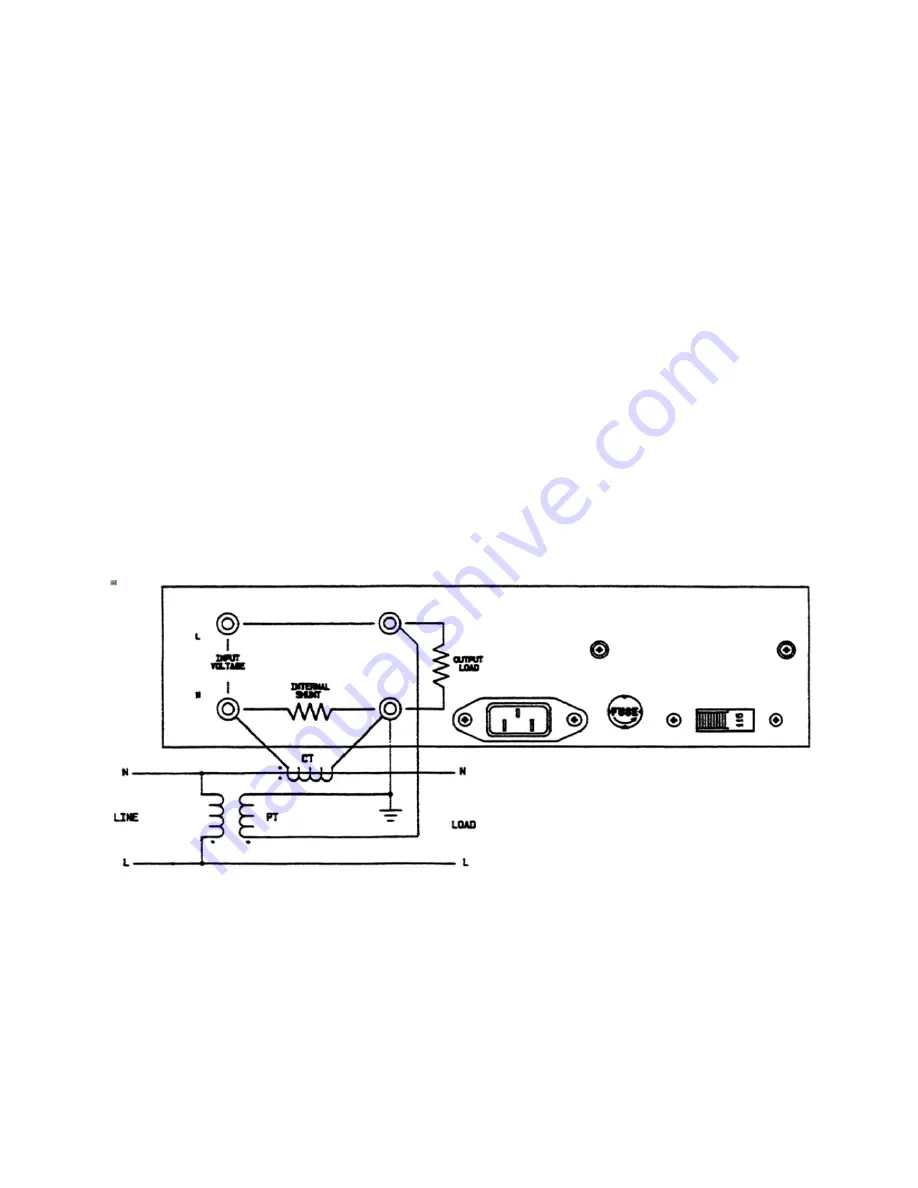
PT's can be used to isolate the digital power analyzer from high voltage systems. Some high voltage
systems operate at voltage levels directly measurable by the power analyzer but at common-mode
voltages beyond the power analyzer's limits. The isolation voltage rating should be at least 1 ½ times
the common-mode voltage or peak input voltage.
When selecting a PT, try to use decade ratios, e.g. 10:1, 100:1, etc. Decade ratios make for easier power
analyzer measurements. The user just mentally moves the voltage and power display decimal points to
the right the appropriate number of places. Of course, non-decade ratios may also be used. The
maximum voltage rating of the PT should be selected 1 ½ times the expected voltage level to allow for
high crest factor waveforms.
The ratio accuracy of PT's is usually about 2%. This is quite a bit wider than the accuracy of a digital
power analyzer. The easiest way to improve the accuracy is to measure the actual ratio and use this
value when correcting measurements. PT's are low frequency devices, typically 50-400Hz.
At high frequencies, their phase shift will cause the power measurement to be in error. Figure 5-4
illustrates the method of connecting a PT to a digital power analyzer.
5.4.2.3
Using Both CT’s and PT’s
Many applications using PT's will use CT's as well. In this case, the power measurement must be
multiplied by both the CT and PT ratios. Figure 5-5 illustrates the method of connecting a CT and PT to a
digital power analyzer.
Figure 5-5 | 2105 Connections using a PT and a CT
20
















































